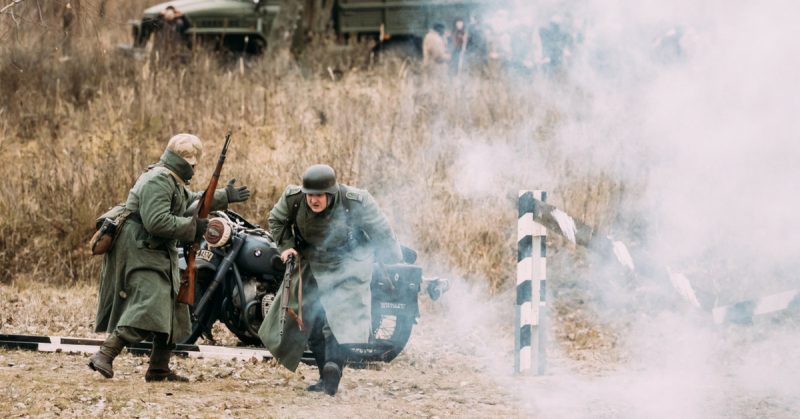A monument to the Soviet soldier Nikolai Sirotinin was erected in the Republic of Belarus in the Mogilev region. The inscription on the monument reads:
“Here, at the dawn of the 17th July of 1941, Nikolai Vladimirovich Sirotinin, a Senior Sergeant of Artillery, engaged in a two-hour battle with a column of enemy tanks and repulsed all enemy attacks, sacrificing his life for the freedom and independence of our Motherland.”
In 1957, the public first became aware of this rare and not-fully-confirmed event of the Second World War. Mikhail Fedorovich Melnikov made efforts to gather any possible information about the feat or myth of Nikolai Sirotinin.
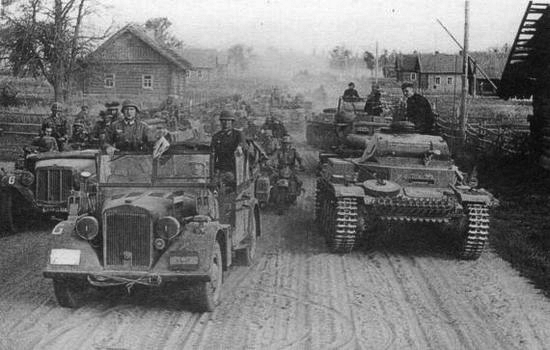
Some historians disagree over whether or not one man would be able to stop the convoy of military equipment and detachment of soldiers. In 1960, staff from the Central Archives of the Soviet Army tried to uncover the course of events. They deemed the events developed approximately like this…
On July 15, 1941, on the Western Front in the city of Mogilev, a difficult situation arose. The Soviet divisions of 13A, 4A, and 20A made efforts to restrain the offensive actions of the 2nd Panzer Division and the 24th and 46th Motor Corps of General Heinz Guderian.
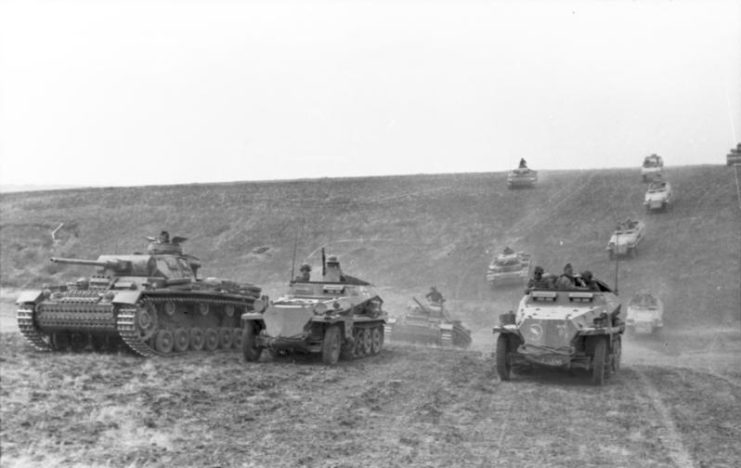
Taking advantage of the weakness of the Soviet defense, German troops broke through the front line in several places. The 10th Panzer Division broke through to the north of Mogilev, the 3rd Panzer Division in the center, and the 4th Tank to the south.
Realizing the real threat, commanders of the Western Front began an early withdrawal of troops for the river Sozh. Taking advantage of the situation, the German commanders began to take decisive action, aiming to destroy the weakened Soviet troops and seize Krichev.
“The attack on Krichev must be carried out without looking back at the time of the day, and on occasion – even before the arrival of all the subordinate units …” – order of the German command
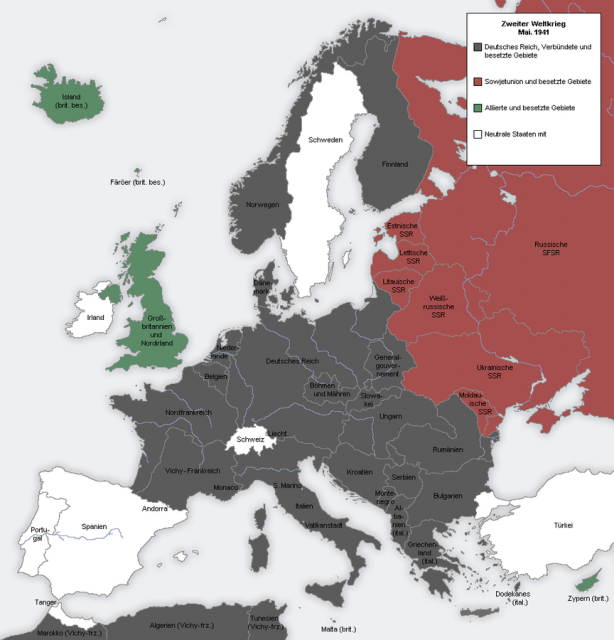
The main task of the offensive was executed by the shock troops of Colonel Heinrich Eberbach in the 1st and 2nd Battalions of the 35th Tank Regiment and the 7th Intelligence Battalion. On July 15th, the strike group’s forces inflicted another defeat on the Soviet troops and captured the bridges across the Pronya River, at the same time pushing the remaining Soviet troops onto the eastern shore of the Sozh River.
The road to Krichev was, in fact, accessible. It lay about 30 miles away. Intelligence data spoke of the absence of large military formations ahead. However, Colonel Eberbach was in no hurry. Due to the speed of the attack, auxiliary and infantry units – including artillery – fell behind.
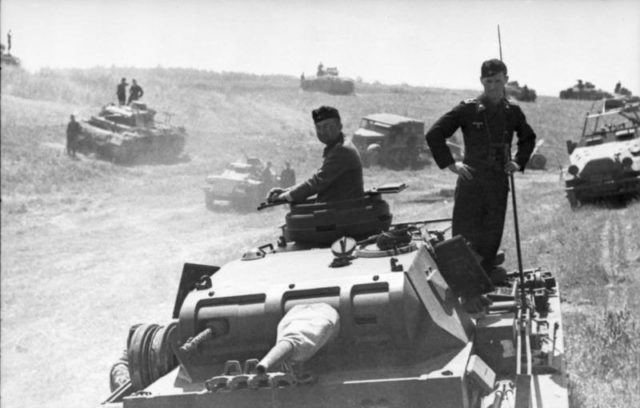
Because of this, there was no one to restore the bridge that had been blown up in front. In addition, the tanks were in need of repair. For this reason, the commander decided to withdraw the 1st Battalion of the 35th Tank Regiment from the strike group to carry out urgent technical work.
As a result, Colonel Eberbach had only the remaining 2nd Battalion – whose role was more intelligence-based – at his disposal.
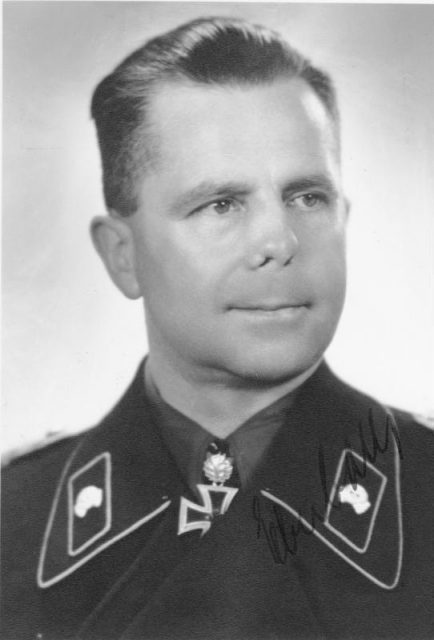
On July 16, the Kampfgruppe advanced to Krichev without waiting for the main support. The arrangement included the 2nd Battalion of the 35th Tank Regiment, the 1st Company of the 34th Motorcycle Battalion, the 2nd Battalion of the 12th Infantry Regiment, the 1st and 3rd Battalions of the 103rd Artillery Regiment, the 79th Battalion of the 12th Infantry Regiment, the pioneer battalion, parts of the pontoon division, and one heavy and one light anti-aircraft battery.
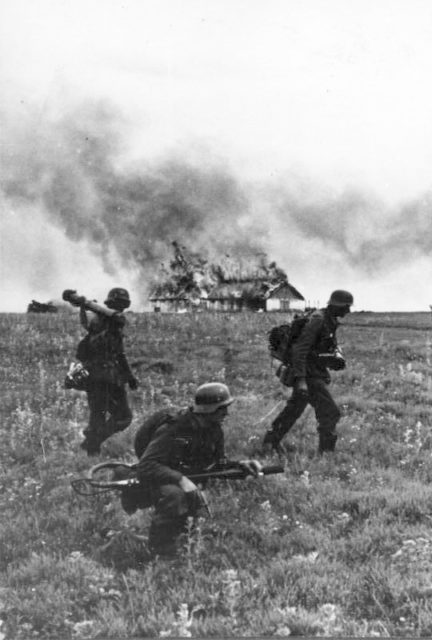
On the way, they took part in several short skirmishes with the Soviet infantry. By the evening, the group had entered Cherikov: the last settlement before Krichev.
On July 17, early in the morning, a reconnaissance-sentinel group from the 79th Pioneer Battalion emerged from Cherikov. In its composition, the group had light tanks Pz.I and armored personnel carriers SdKfz 251/12. Their main task was reconnaissance and the determination of the coordinates of enemy firing points.
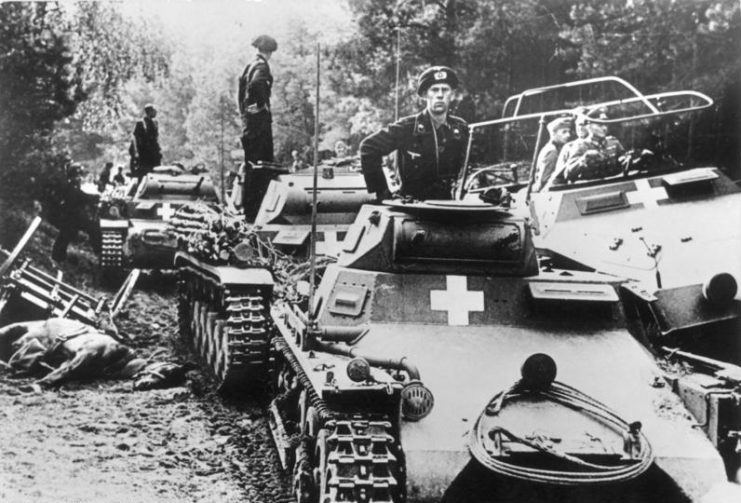
In the morning of July 17, in the area of the village of Sokolnichi, the retreating Soviet soldiers disguised a 76-mm cannon. It was located near the bridge across the river Dobrost. The commander ordered two soldiers to remain near the gun. Nikolay Sirotinin volunteered, and the commander remained with him.
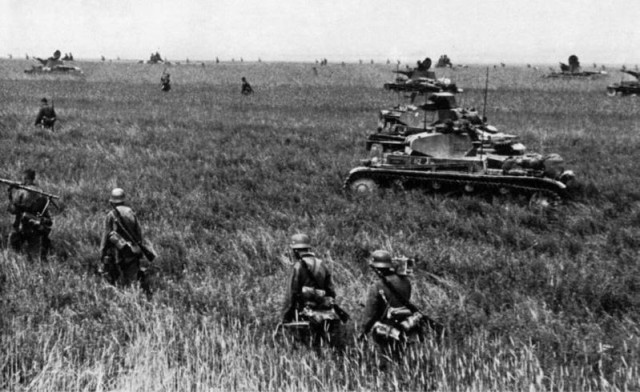
Their main task was to temporarily stop the advance of German equipment and cover the retreating 409th Regiment of the 137th Infantry Division (according to another version, the 55th Infantry Regiment).
The gun was placed well, and the highway and bridge were clearly visible. In addition, there was a swampy area around the road, which would not allow heavy military equipment to change route or go by the roadside.
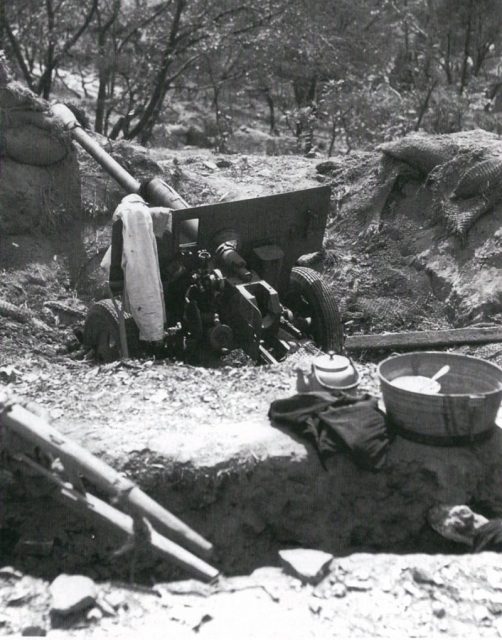
After some time, a column of German military equipment appeared on the highway – about 13 light tanks and armored personnel carriers (tanks PzKpfw I and armored personnel carriers SdKfz 251/12). As soon as the first tank entered the bridge, the gun opened fire and immobilized it.
The column completely stopped. The Germans were in a confused state; the element of surprise disoriented them for a short time.
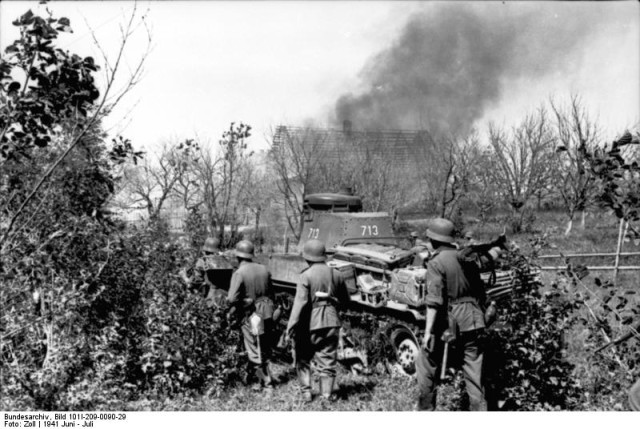
After a while, there was a second shot. With this shot, Nikolai Sirotinin set fire to the armored personnel carrier at the rear of the convoy. The distance to his target was about 220-270 yards.
According to eyewitnesses, the commander corrected the shots at the beginning of the battle; but as soon as Sirotinin hit the last armored personnel carrier, he left the battlefield. Nikolai made a voluntary decision to stay and continue the battle alone.
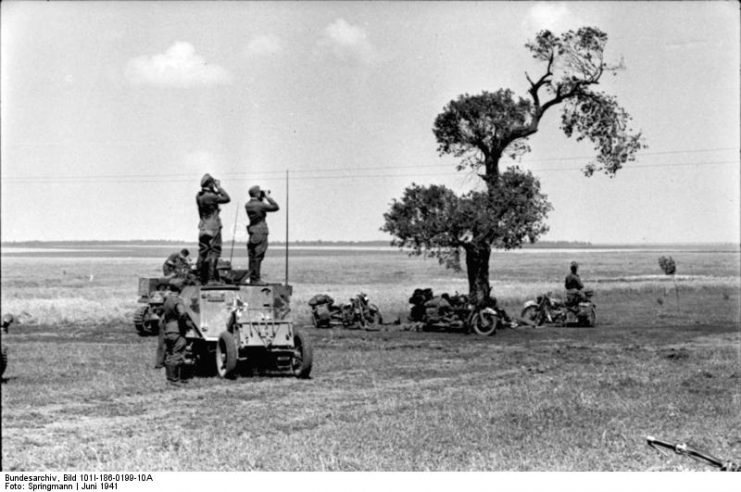
The movement of the column was paralyzed. Leaving the highway was not possible because of the swamp. Nikolai continued to fire at the Germans. He had about sixty shells at his disposal. A couple of tanks made an attempt to get out of the cordon but eventually ended up in the swamp, unable to get out.
The German infantry hid behind the armored vehicles and tried to shoot at the position of the Soviet artilleryman. They did not immediately realize that they were dealing with only one soldier.
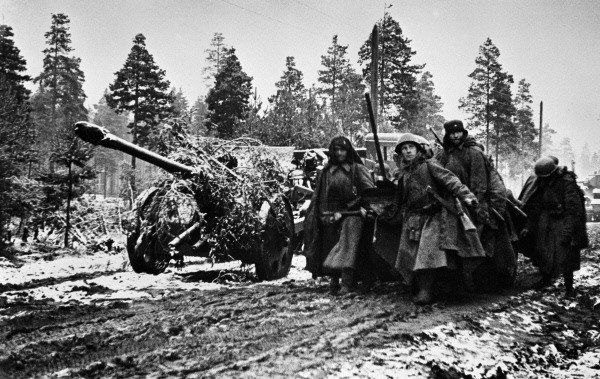
Eyewitnesses of the battle claimed that the German column was shrouded in thick black smoke from the burning tanks. This prevented the German soldiers from pinpointing their target. Nikolay Sirotinin managed to continue as he was not under direct fire from the German troops immediately. He stayed at his task for about two hours.
There is a claim, however, that this timeframe has been greatly overestimated. He continued to fight until he was killed. In the end, he managed to destroy 11 enemy tanks, 7 armored cars, and 57 soldiers.
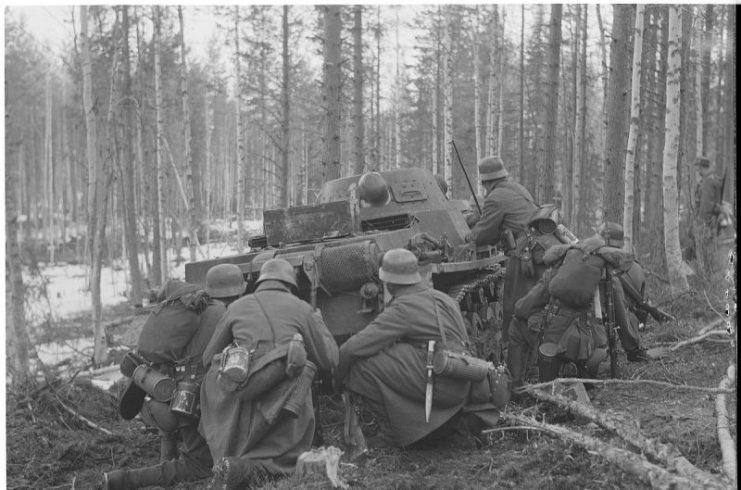
From the diary of the German senior lieutenant Friedrich Henfeld:
“July 17, 1941. ‘Sokolnichi’ near Krichev. In the evening, an unknown Russian soldier was buried. He stood alone by the cannon and shot the column of tanks and infantry, and died. Everyone was amazed at his courage. It’s unclear why he resisted so much, he was still doomed to death…”
After a couple of months, Friedrich Henfeld was killed. His diary fell into the hands of military journalist Fyodor Selivanov, who rewrote some notes for himself and sent the diary to the headquarters of the Red Army.
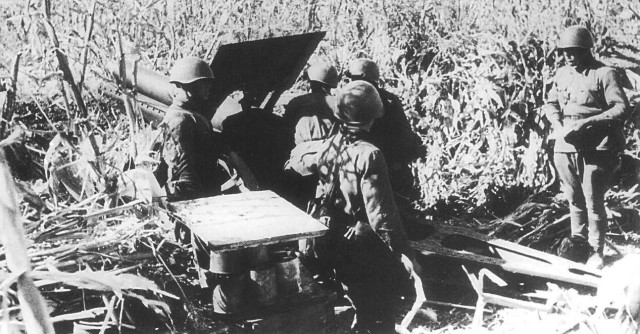
Some researchers have doubts about the existence of Friedrich Henfeld and his diary. In addition, they argue that although this fight is not a myth, events could have taken place a little differently. On the right flank of the defense at this time were the soldiers of the second battalion of the 409th Infantry Regiment.
They had a similar task to cover the retreat of the main forces. German troops were attacked from two sides. It is argued that these facts, among others, are what eventually allowed Nikolay Sirotinin to successfully fire for such a long time.
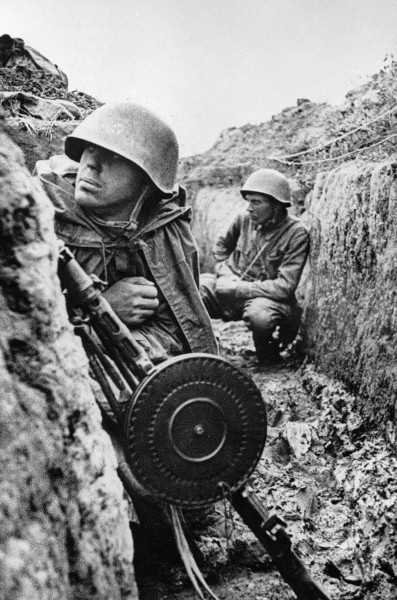
Read another story from us: The Minsk Offensive 1944 – Bagging German Army Group Center
After 19 years, the feat of Nicholas Sirotinin was officially recognized. He was posthumously awarded the Order of the Patriotic War First Class in 1960. In Belarus, a street in the city of Krichev and a school-garden in Sokolnichi were named in his honor.
